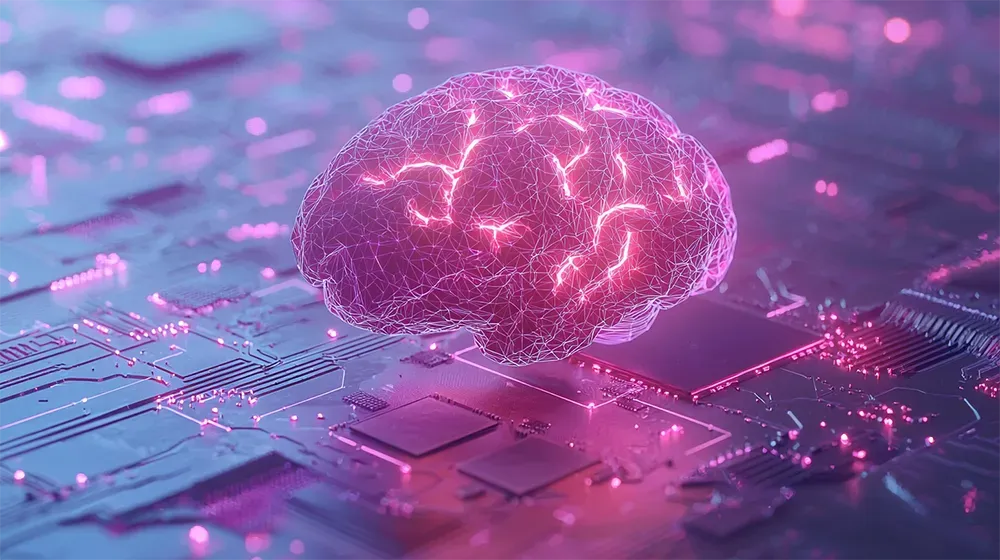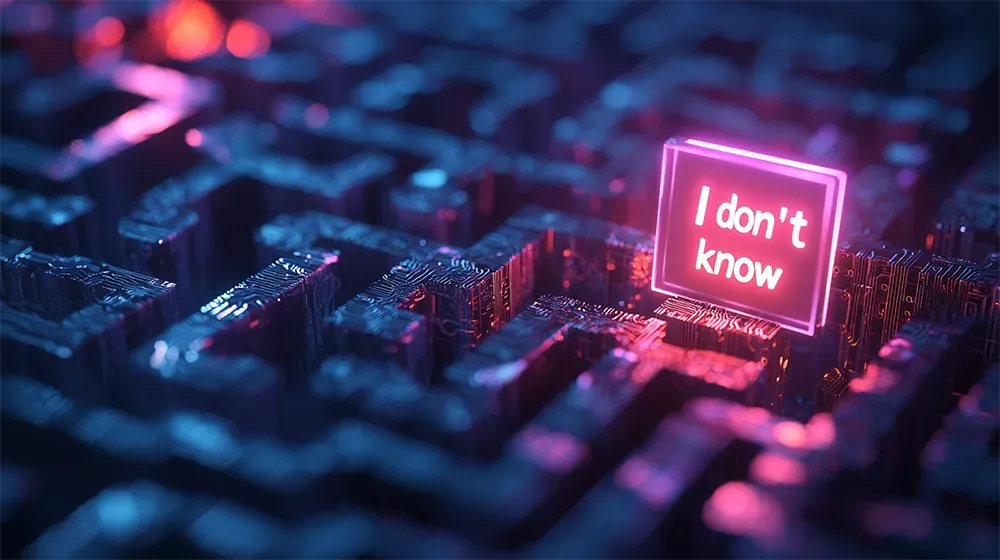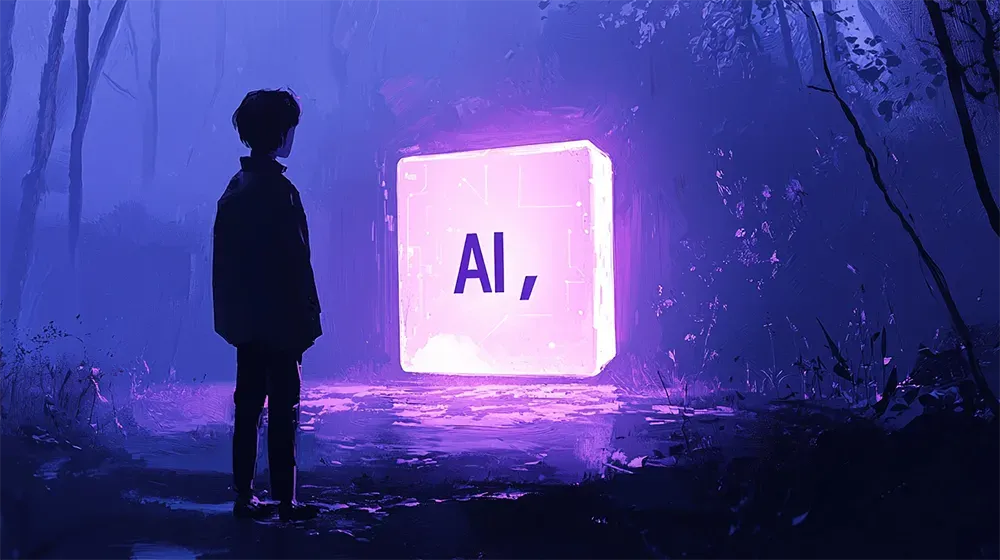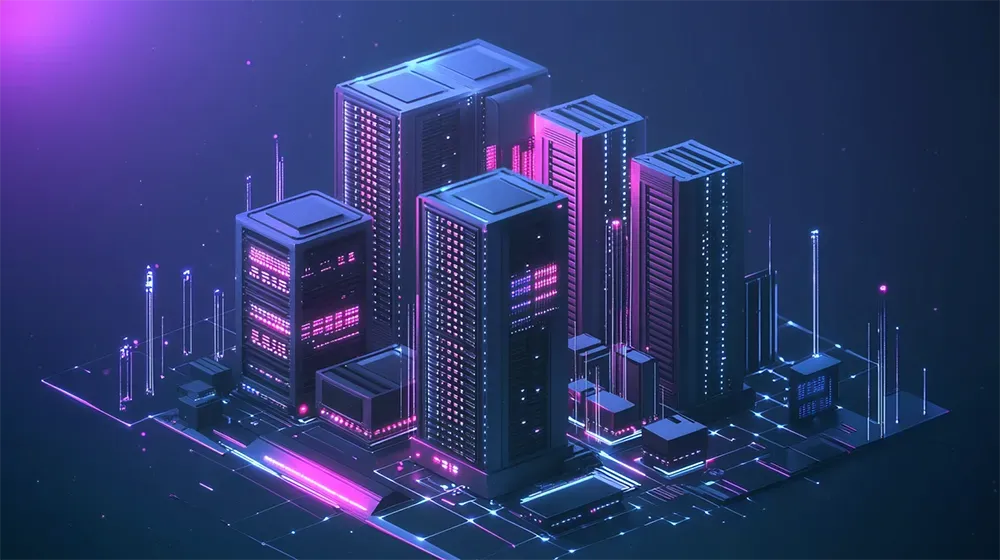Living Computers: The Future of AI or Just a Sci-Fi Dream?

The next revolution in computing might not be silicon-based — but alive, breathing, and growing in a lab.
Last year, I took a deep dive into organoid intelligence and since then a lot has happened. As AI demands continue to outstrip our planet's resources, researchers are turning to these fancy new computing organisms.
These tiny, living clusters of neurons, part of the emerging field of "Organoid Intelligence" (OI), promise to deliver computational power with a fraction of the energy needed by today's silicon chips. A single human brain uses only 20 watts— equivalent to a light bulb — while the fastest supercomputer guzzles megawatts.
FinalSpark, a Swiss startup, has developed a bioprocessor built from 16 organoids, capable of handling complex tasks like pattern recognition and decision-making. Despite the excitement, challenges such as the organoids' short lifespan and the difficulty in scaling this technology raise questions about its practicality.
Can living computers truly rival silicon, or is this a fascinating but ultimately impractical dream?
Read the full article on Forbes.
----
💡 We're entering a world where intelligence is synthetic, reality is augmented, and the rules are being rewritten in front of our eyes.
Staying up-to-date in a fast-changing world is vital. That is why I have launched Futurwise; a personalized AI platform that transforms information chaos into strategic clarity. With one click, users can bookmark and summarize any article, report, or video in seconds, tailored to their tone, interests, and language. Visit Futurwise.com to get started for free!






